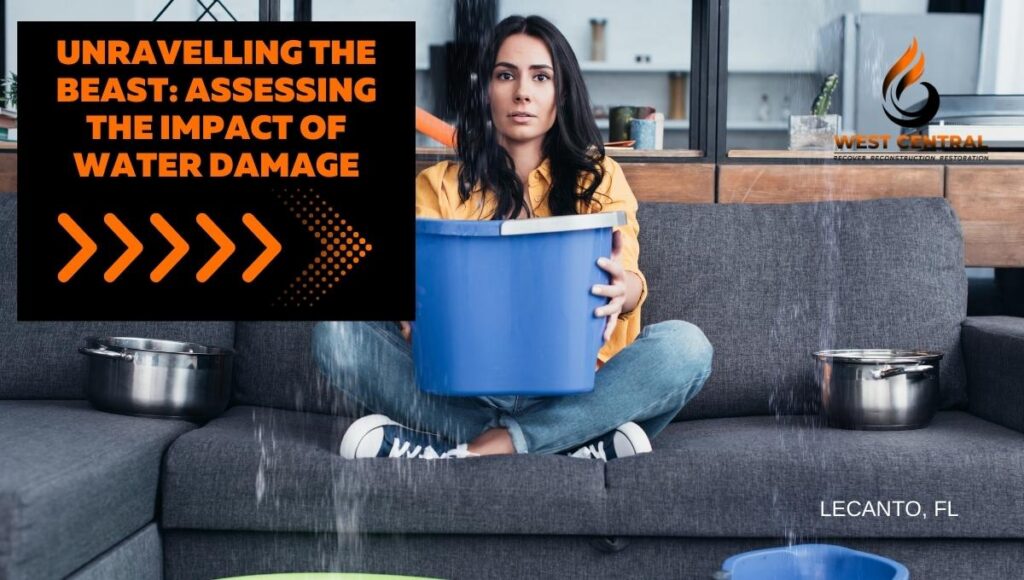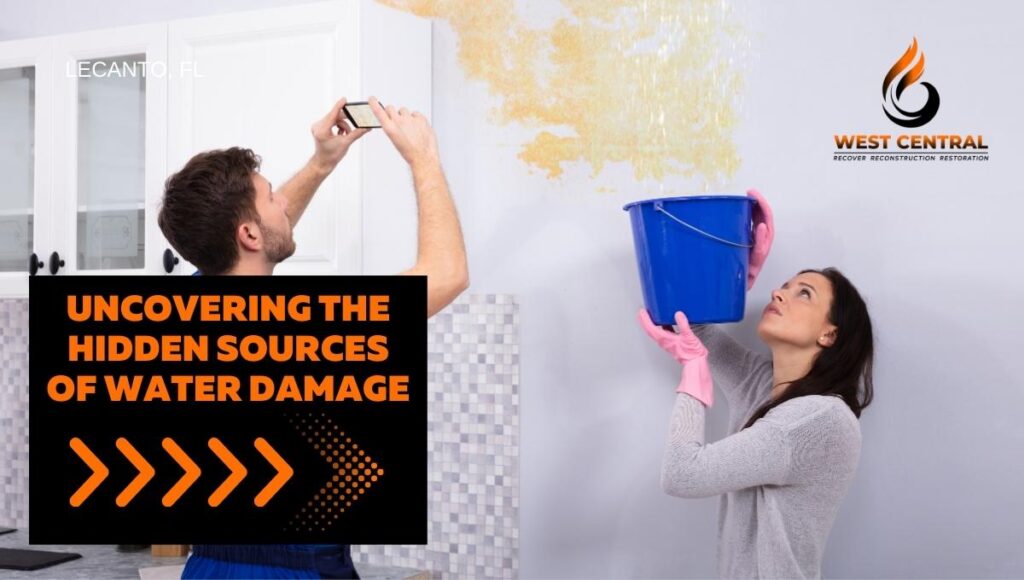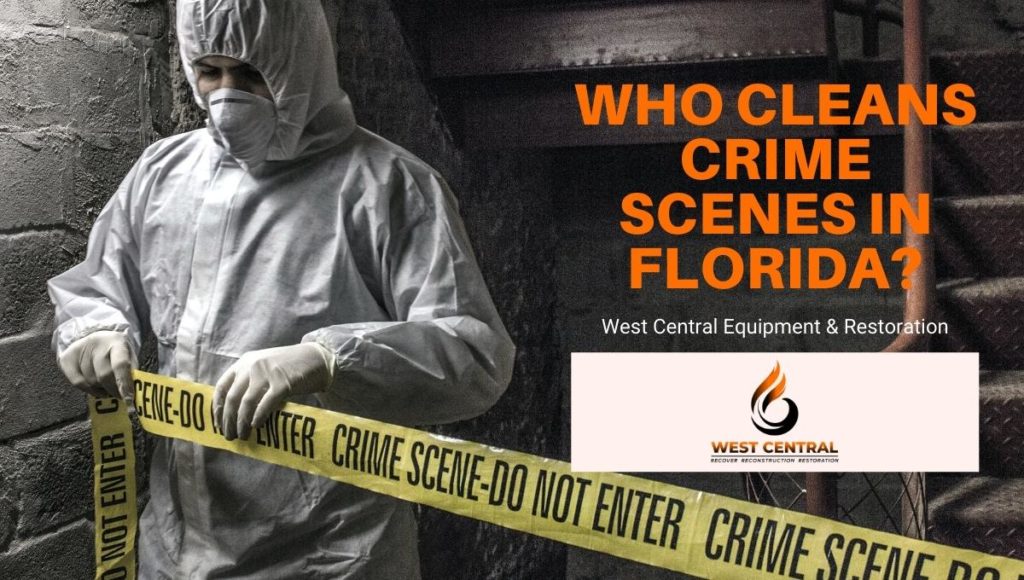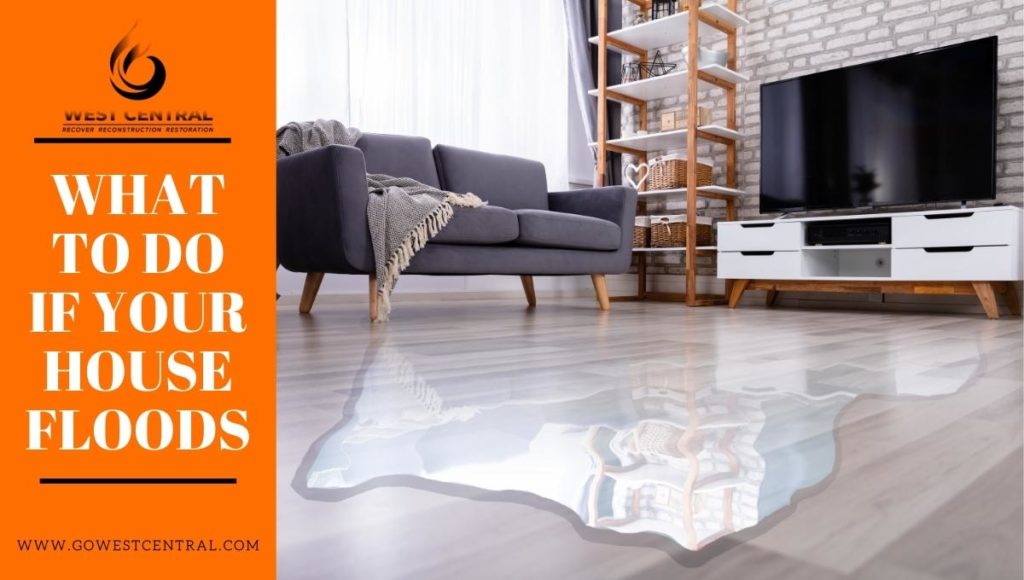Key takeaways
- Mold is a type of fungal growth that develops on damp materials and areas, and can cause significant damage, losses, and health effects when found indoors.
- Exposure to mold can lead to various health issues, including nasal and sinus congestion, eye irritation, skin irritation, respiratory problems and more. People with severely suppressed immune systems or existing respiratory conditions are particularly susceptible.
- To prevent mold growth, it is important to identify and control sources of moisture in your home, such as roof leaks, indoor plumbing leaks, and poor ventilation. Regular cleaning and repair of gutters, proper ventilation of heating and cooking appliances, and keeping air-conditioning and heating systems in good working order can also help prevent mold growth.”
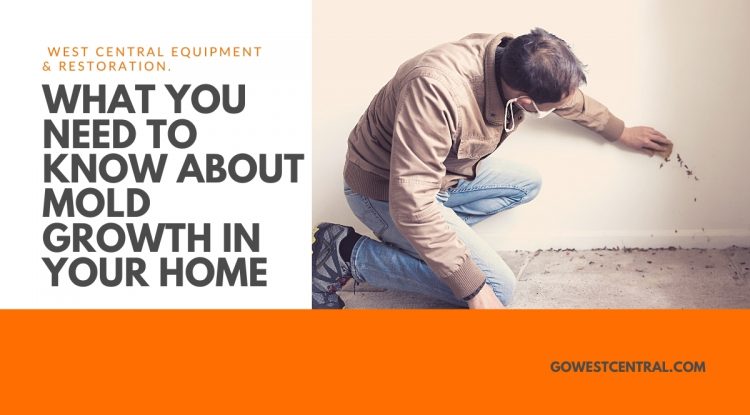
Mold is a fungal growth that develops on damp materials and areas. Also called mildew, mold is a natural part of the environment. It helps break down and digest dead organic matter, such as fallen leaves, grass, vegetation, and trees.
However, mold growth indoors must be avoided as it can cause massive damage, losses, and adverse health effects.
Can mold make your family sick?
Although some people are more sensitive to mold exposure than others, extensive indoor mold contamination leads to health problems.
For example, some molds produce harmful chemicals called mycotoxins. Exposure to high levels of mycotoxins can cause neurological problems and death.
Health issues related to mold exposure include:
- Nasal and sinus congestion
- Eye irritation
- Skin irritation such as a rash
- Runny nose and persistent sneezing
- Itchy, red, watery eyes
- Respiratory problems like cough, chest tightness, wheezing and difficulty breathing, or throat irritation
While infections and illnesses due to mold exposure are rare, people with severely suppressed immune systems, such as HIV/AIDS, organ transplant patients, or chemotherapy patients, can have severe illnesses when exposed to mold. People with existing respiratory conditions like asthma, chronic lung disease, allergies, and emphysema are also very susceptible.
What causes mold growth indoors?
Molds reproduce through tiny, lightweight spores that float and travel through the air. When the spores settle on damp surfaces, they begin to grow within 24 to 48 hours. As they grow, they spread and eventually damage adjacent organic materials.
The spores require sufficient moisture, proper nutrients, and optimum temperature to grow into new mold colonies. This means most indoor mold growths are due to the presence of water or moisture resulting from incomplete drying of flooring materials, flooding, or leaky roofs.
The moisture may also be due to poor building maintenance, indoor plumbing problems, or condensation of surfaces cooler than the moisture-laden air.
Because mold growth requires food sources, they grow on cellulose-based building materials like plywood, furring strips, drywalls, finish carpentry, wood framing, cabinetry, composite wood flooring, carpets, and carpet padding. Plus, in carpets, an organic load such as dust and cellulose provides the food they need to grow.
Where does mold grow?
Mold grows in areas with a lot of moisture. You will find their colonies around leaks in roofs, windows, seals of refrigerator doors, pipes, areas previously flooded, and the surfaces of and around air conditioners. You can also find mold growths on bathroom tiles, shower stalls, shower curtains, paper products, cardboard, ceiling tiles, wallpaper, drywall, carpet, insulation, paints, fabric, and upholstery.
How do you know if mold is in your home?
As molds grow, they produce a musty odor that spreads throughout your home. So one of the easiest ways to tell that mold is in your home is the stuffy odor produced by the fungi.
You can also detect mold growth by its appearance. As molds grow, they spread as a fuzzy, discolored, or slimy patch that increases in size. You can check for signs of mold-related warping, staining, or patches underneath surfaces such as walls, carpets, cabinets, and wallpaper.
How do you prevent mold growth?
Because mold flourishes in places with moisture, you need to identify and control water problems in your home. Some of the most common sources of moisture include roof leaks, indoor plumbing leaks, and outdoor drainage problems.
Moisture may also come from wet clothes drying inside your home, clothes dryer venting indoors, poor or improper ventilation of heating and cooking appliances, and humidifiers. Likewise, increased indoor moisture may be a result of steam from the bathroom or kitchen, condensation on cool surfaces, and damp basements and crawl spaces.
To prevent mold growth, you should clean and repair roof gutters, keep air-conditioning drip pans clean, dry areas of moisture or condensation, and ensure adequate ventilation. Plus, you should keep drainage lines clear and treat affected surfaces with fungicidal encapsulation coating after cleaning.
How do you get rid of mold?
a. Moisture control
Identify and correct any sources of water, dampness, or new mold growth. Pay more attention to high moisture areas such as bathrooms.
b. Discard porous materials
If there is extensive mold growth on a certain porous material, such as drywall, ceiling tile, paper, or carpeting, discard the material. You should also discard all wet materials that you cannot clean or dry thoroughly.
c. Proper cleaning of surfaces
For hard surfaces that are not decayed or rotten, you can clean them with soap and water. Only clean the areas yourself if they are small and pose no risk of spreading mold spores to other areas.
If you realize that the moisture cannot be practically eliminated from affected materials, use diluted chlorine bleach—1 cup bleach in 5 gallons of water—to control mold growth. But when using the bleach or any cleaner, make sure to allow enough ventilation to prevent eye, throat or nose irritation.
d. Hire a certified remediation specialist
If mold colonies have spread in your home and covered larger areas (at least 10 feet), call a certified mold remediation expert to help. You should also hire an expert if you are highly sensitive to mold.
Exceptional Residential Mold Remediation
Have you noticed signs of mold growth in your property? Do you need professional intervention to resolve the problem permanently?
Call West Central Equipment and Restoration to help you with mold cleaning.
At West Central in Lecanto, Florida, we will respond quickly to assess your indoor environment, clean the mold, remove badly damaged items, eliminate spores, and restore healthy indoor air quality.
We make sure to permanently eliminate any traces of mold through efficient techniques such as dry brushing of solid wood surfaces, wet vacuuming of wet materials, damp wiping with water and detergent, and HEPA vacuuming to eliminate all spores from your home. Plus, we use safe, effective antifungal solutions.
If you have specific concerns or need assistance with mold removal in Lecanto, Florida, call us anytime day or night at (352) 270-8417.
References:
- “Mold exposure: Symptoms, diagnosis, and treatment.” Medical News Today, Medicalnewstoday.com, www.medicalnewstoday.com/articles/288651
- “Frequently Asked Questions on Mold.” Centers for Disease Control and Prevention, cdc.gov/mold/faqs.htm
- “A Brief Guide to Mold, Moisture, and Your Home.” Environmental Protection Agency, epa.gov/mold/brief-guide-mold-moisture-and-your-home

